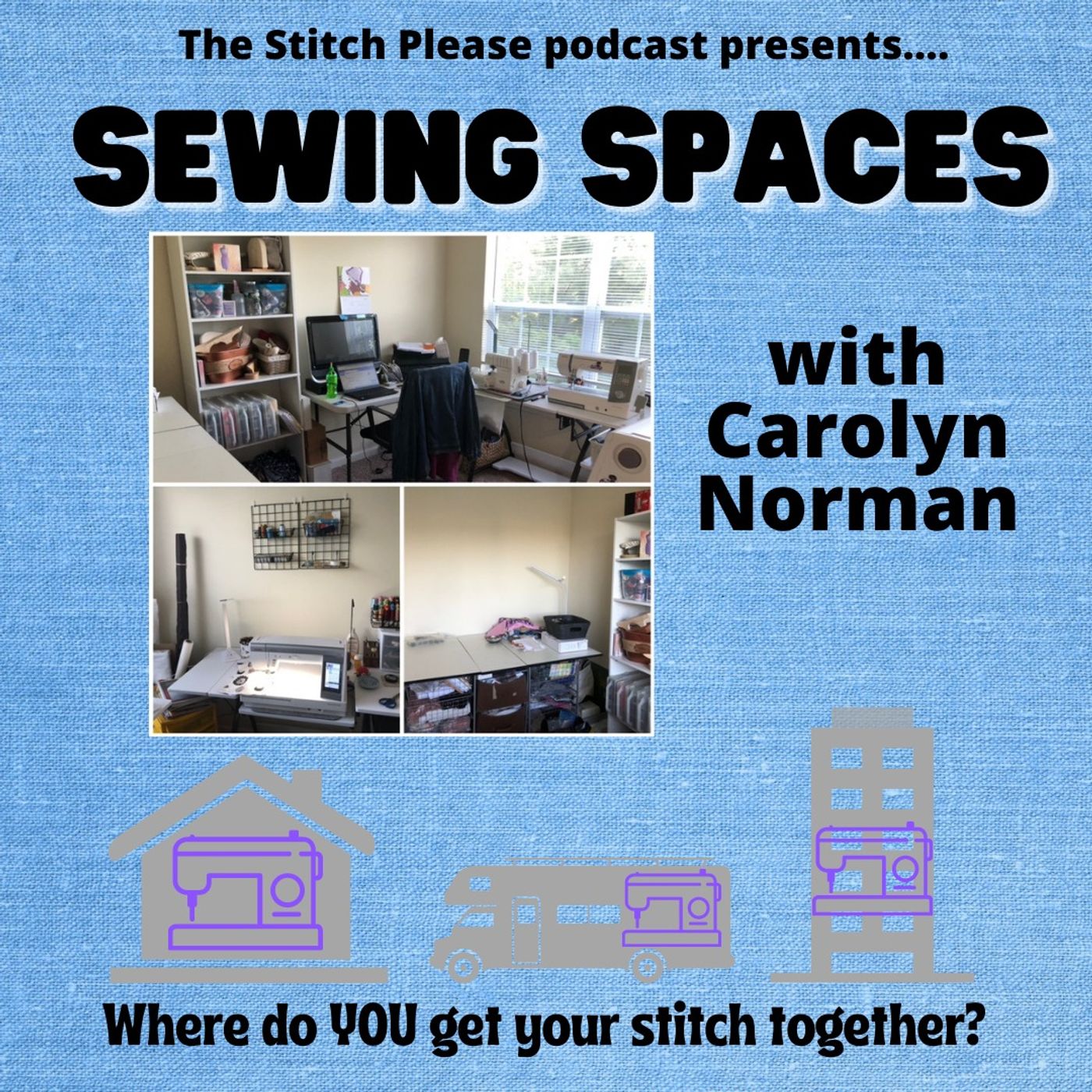The Black Anime custom fabric is available for pre-order from May 19th to June 2nd.
Find Queenora Renee Fabrics in these social media spots:
Website: queenorareneefabrics.com
IG: instagram.com/queenora_renee_fabrics
FB: http://facebook.com/queenorareneefabrics
And tune in to her podcast, co-hosted with her husband, "Married n Shit"
On Facebook: https://facebook.com/marriednshitpodcast
On iTunes: https://podcasts.apple.com/us/podcast/married-n-sh-t/id1508749065
On Youtube: https://www.youtube.com/channel/UC4SIuCG3lgV0xoEMYdzrUHA
Mentioned in this episode
Support the Stitch Please podcast and Black Women Stitch
$15 to the Paypal account for a Black Women Stitch lapel pin! DM or email your mailing to address for free shipping.
Support also appreciated here:
Sign up for the Black Women Stitch quarterly newsletter
Check out our merch here
Leave a BACKSTITCH message and tell us about your favorite episode.
Join the Black Women Stitch Patreon
Check out our Amazon Store
Stay Connected:
YouTube: Black Women Stitch
Instagram: Black Women Stitch
Facebook: Stitch Please Podcast



